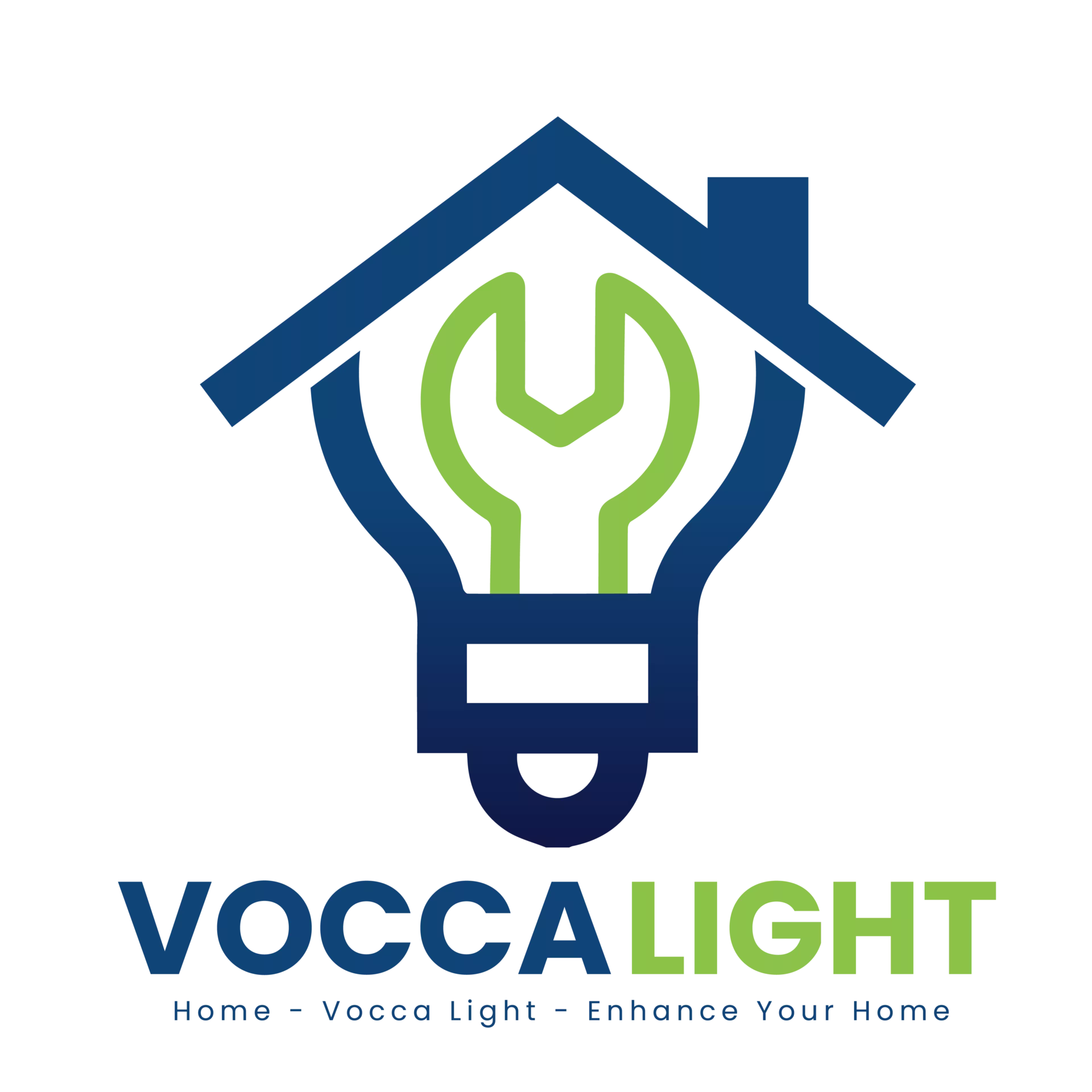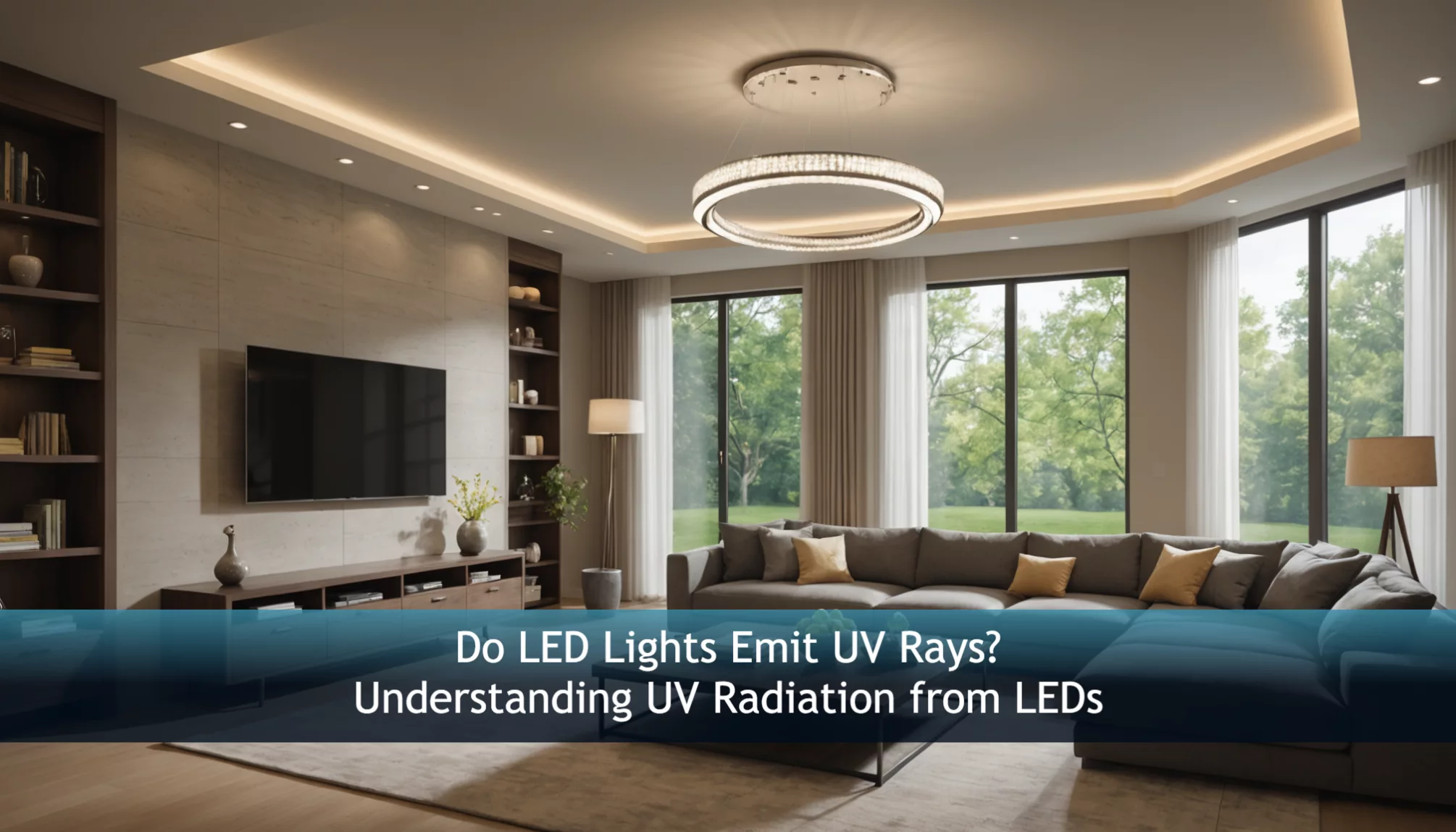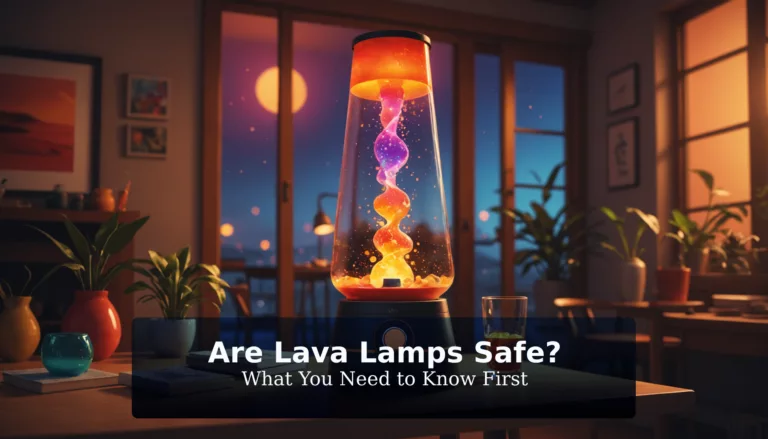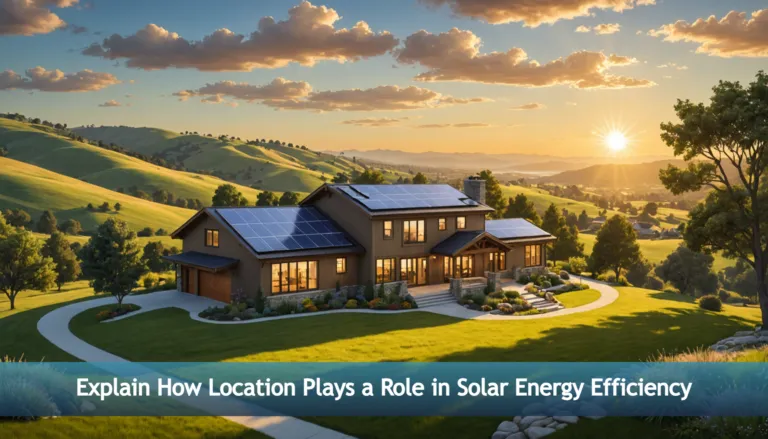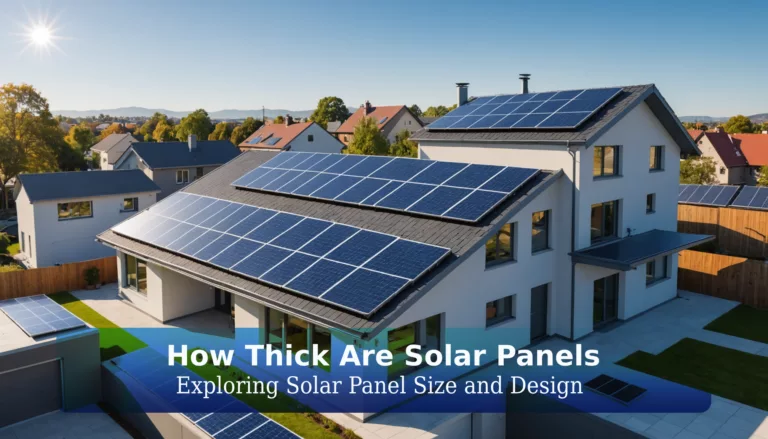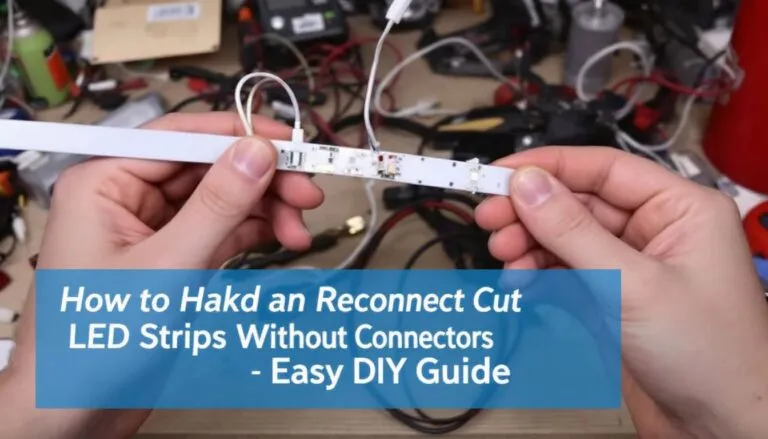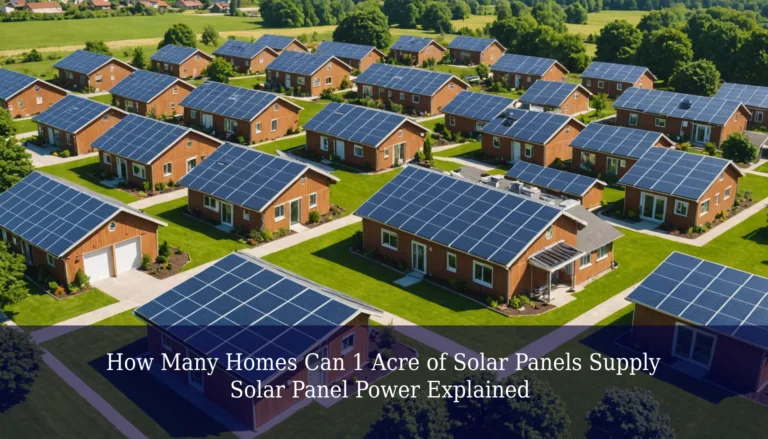Do LED Lights Emit UV Rays? Understanding UV Radiation from LEDs
Switching on your LED lights may seem like a simple daily task, but have you ever wondered if these energy-efficient bulbs emit UV rays? Understanding how LED lights emit UV radiation is crucial for every DIY home improver who wants to create a safe and comfortable living space. While these modern lighting solutions are designed to be safer than traditional bulbs, knowing the facts can help you make smarter lighting choices.
When it comes to ultraviolet radiation, LED lights produce significantly less than older lighting technologies like fluorescent or mercury vapor lamps. But that doesn’t mean we should ignore proper installation and usage guidelines. We’ll explore how different types of LED bulbs compare in terms of UV output, discover practical safety measures for your home lighting projects, and learn expert tips for choosing the right fixtures. Get ready to illuminate your knowledge about LED safety and become a more informed DIY lighting expert!
Do LED Lights Emit UV Rays?
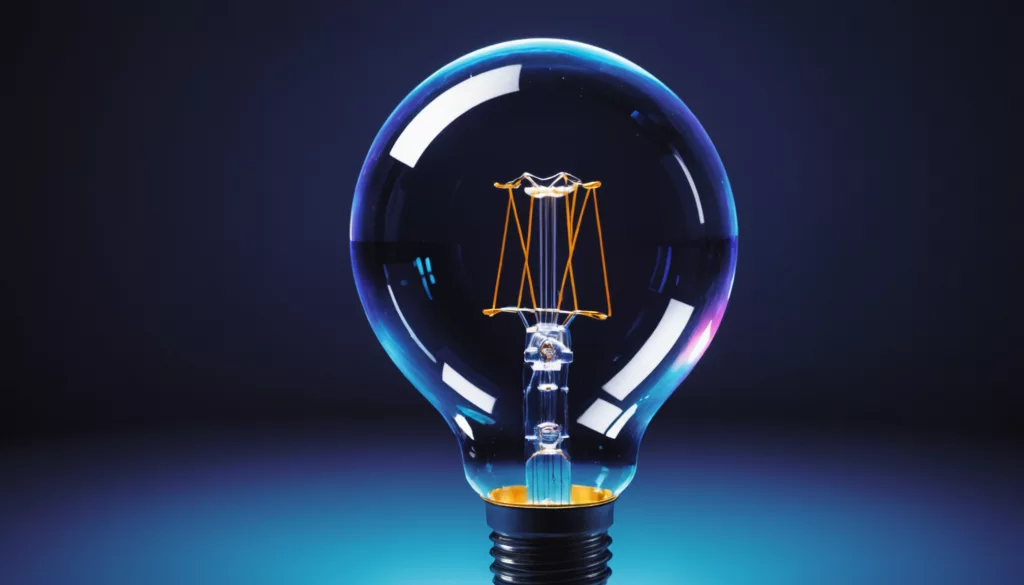
You might ask, “Do LED lights emit UV radiation?” Standard LED technology produces only a negligible amount of ultraviolet rays. According to Energy.gov, most LED bulbs emit less than 1% of their total light as UV. That low level makes them a safer option compared to many other light sources, like fluorescent lamps or high-intensity discharge bulbs.
Understanding UV Radiation from LED Lights
Some UV radiation originates from the diode inside each bulb. A process called electroluminescence generates visible light in the 400–700nm range and helps limit ultraviolet radiation. The phosphor coating inside the bulb shifts most leftover UV into visible light, which keeps your exposure low. According to Lighting Research Center, white light LEDs typically produce less UV than fluorescent lights.
How LED Bulbs Emit UV Rays
LED bulbs emit trace UV in three steps:
- The semiconductor chip generates photons.
- The phosphor filters out most ultraviolet radiation.
- The bulb’s housing provides extra UV blocking.
These built-in barriers ensure only a small amount of UV light reaches the bulb’s exterior.
Comparing LEDs with Fluorescent Bulbs & UV Output
| Bulb Type | UV Emission Level | UV Protection Features |
|---|---|---|
| LED | <1% of total output | Phosphor coating, protective housing |
| Fluorescent | 3–5% of total output | UV-blocking coating required |
| Incandescent | 0.3% of total output | Glass envelope reduces UV |
Compared to traditional lighting sources, modern LED bulbs emit far lower amounts of UV radiation. Fluorescent light bulbs may generate up to 5% UV, which is much higher than LED fixtures’ negligible output. This minimal UV level makes LED technology ideal for spaces that require strong protection from ultraviolet exposure, such as museums or art galleries.
The Risks of UV Radiation from LED Lighting
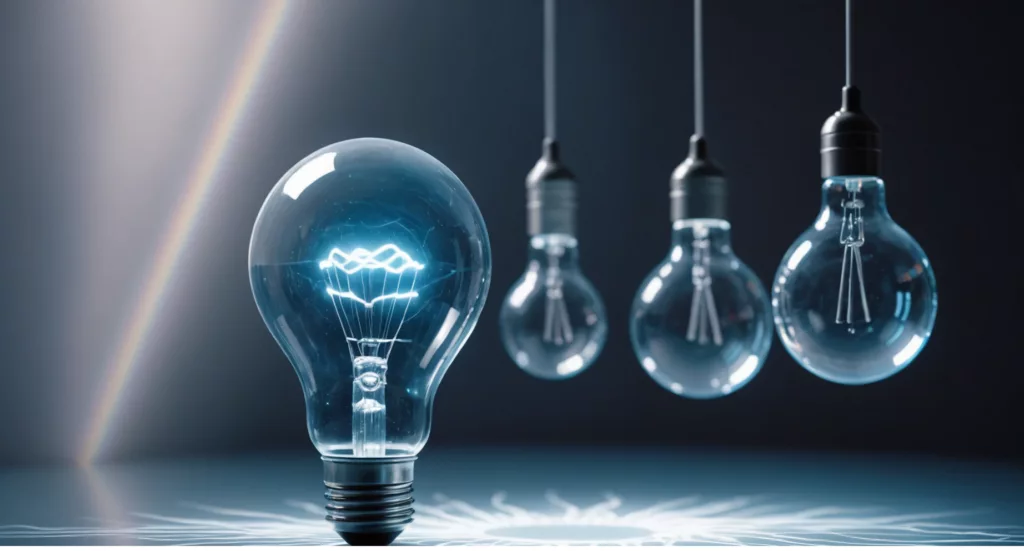
You may ask, “Do LED lights emit UV, and is it a safety concern?” Standard LED lamps emit a small amount of ultraviolet radiation, typically ranging from about 0.01% to 1% of their total light output. This fraction is much lower than older light sources, such as incandescent bulbs or fluorescent lamps. As a result, modern LED technology offers a safe type of lighting for most home and commercial settings.
Are LED Lights Harmful? Misconceptions Explained
While there’s a concern about UV rays from LED lights, most emit very little. Their internal phosphor coating converts any UV light to visible light. LEDs are designed to emit visible light while limiting UV output. Data from National Institute of Standards and Technology also shows negligible UV levels compared to traditional lighting sources.
| Light Source | Relative UV Output | Safety Rating |
|---|---|---|
| LED Bulbs | 0.01-1% | Very Safe |
| Fluorescent | 3-5% | Moderate |
| Incandescent | 2-3% | Safe |
| Natural Sunlight | 100% | Variable |
Potential Health Risks from UV Rays and Radiation
LEDs emit a small amount of UV radiation, but problems arise if bulbs or fixtures get damaged. High-intensity industrial LEDs and grow lights may pose higher UV levels, so follow safety standards in these cases. It is recommended to check for cracks or faulty parts to help reduce ultraviolet exposure. Consult a lighting professional if you have photosensitivity concerns.
Expert Opinions on LED UV Exposure
Experts at the European Commission report no confirmed incidents of UV harm from standard LED bulbs. Many lighting boards classify LED usage as low-risk, especially when compared to other artificial light sources. Use less energy with LEDs while enjoying lower levels of UV radiation.
Scientific Studies on Long-term LED Exposure
Studies show prolonged exposure to LED light causes no measurable UV-related skin damage. Researchers have compared LEDs to fluorescent light bulbs and found that LEDs emit significantly less ultraviolet radiation. Simple steps for LED safety include installing bulbs in secure fixtures, replacing damaged units quickly, and choosing products from reputable manufacturers.
What Types of Bulbs Emit UV Radiation?

Do LED Light Bulbs Emit Harmful UV?
You benefit from LED bulbs because they emit a negligible amount of UV light. In most modern LED technology, less than 1% of the output comes from ultraviolet radiation. These bulbs create visible light through electroluminescence rather than heat-based methods. As a result, you face a reduced safety concern from LED lights compared to other lighting sources.
Fluorescent Bulbs vs. LEDs: UV Emission Comparison
| Bulb Type | UV Emission Rate | Protection Features |
|---|---|---|
| LED | <1% | Phosphor coating |
| Fluorescent | 3-5% | UV-blocking coating |
| Incandescent | 0.3% | Glass envelope |
| Halogen | 5-7% | Special UV-filtering glass |
You see the biggest contrast when you compare fluorescent bulbs to LEDs. Fluorescent lamps emit up to 5% UV radiation, which is much higher than the small amount of UV from LEDs. This difference comes from how fluorescent fixtures use a UV-generating process that requires phosphor coating inside the bulb.
The Presence of UV in Different Lighting Types
You may find UV emissions in several lamp types. Halogen bulbs sit at the top with 5-7% of their total output as UV. Fluorescent lighting releases moderate ultraviolet rays at 3-5%, while incandescent bulbs hover around 3%. LED lights emit lower levels, so you experience minimal UV exposure when you pick LEDs over traditional lighting.
UV Protection Technologies in Modern Lighting
Manufacturers design newer lighting to help reduce UV impact. Many fixtures include UV-blocking phosphor layers and specialized glass or lens materials. These features filter a significant portion of UV rays before they reach you. By choosing modern LED fixtures, you lower your exposure to harmful ultraviolet radiation and extend the lifespan of your lighting setup.
Expert Recommendations on LED Usage and Safety
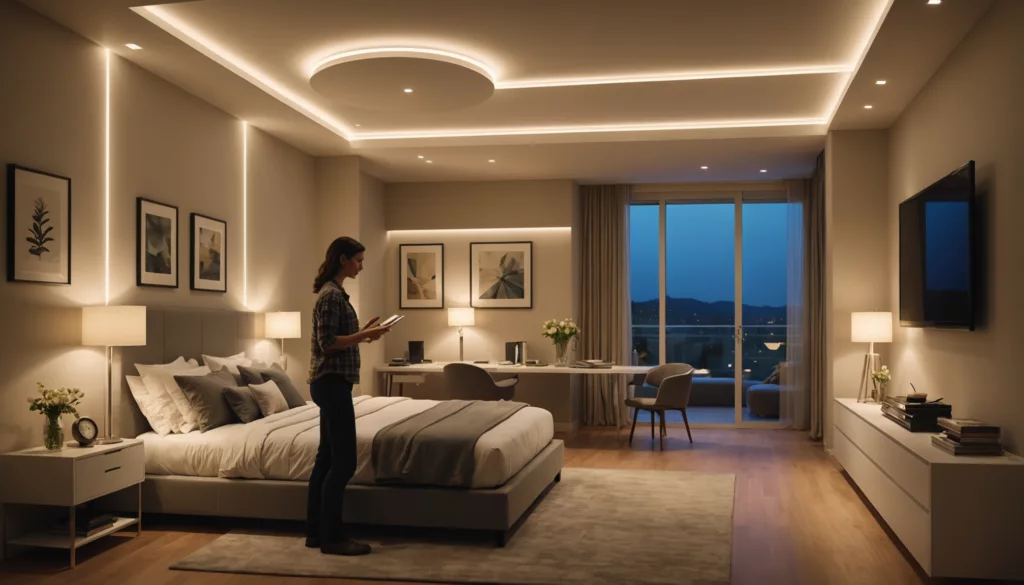
LED technology can emit a small amount of UV light if components degrade or lack proper shielding. You can lower risks by using energy-efficient fixtures that include protective covers and by maintaining regular inspections. These steps help reduce the amount of UV radiation produced by modern LED lamps, especially in areas where people spend extended periods.
Tips for Reducing Exposure to UV Rays
Place LED lights at least two feet away from seating or work spaces. Install diffusers or covers to help filter out any ultraviolet rays. Replace any malfunctioning bulbs right away to avoid flicker issues and higher UV output. Use color temperatures between 2700K and 3000K for a balance of visible light and minimal ultraviolet radiation.
Choosing the Right Bulbs: UV Safety Considerations
Look for UL or ETL labels to ensure compliance with safety standards. Energy Star-rated bulbs typically have lower UV emissions and better energy efficiency. Insist on phosphor coating inside the bulb to limit the amount of UV radiation. Review technical specs that keep UV-A emissions below 2 microwatts per lumen.
| Feature | Safe Range |
|---|---|
| UV-A Emission | <2 μW/lumen |
| Color Temperature | 2700K-3000K |
| Power Factor | >0.9 |
| Flicker Rate | <5% |
Best Practices for Using LED Strip Lighting Safely
Always use UL-listed power supplies to match your strip’s voltage needs. Include adequate heat dissipation and avoid bending strips at sharp angles. Check connections monthly for loose wires or discoloration that can signal hidden risks. Keep strips away from direct eye contact to limit intense blue light exposure.
Professional Installation Guidelines
Professional electricians follow local codes and use grounded components to prevent hazards. They also install certified drivers designed to handle high-intensity loads without producing harmful UV emissions. Maintain a documented schedule for inspections and part replacements. Dispose of any damaged fixtures according to regional waste rules.
Future Trends in LED Lighting and UV Emission Research
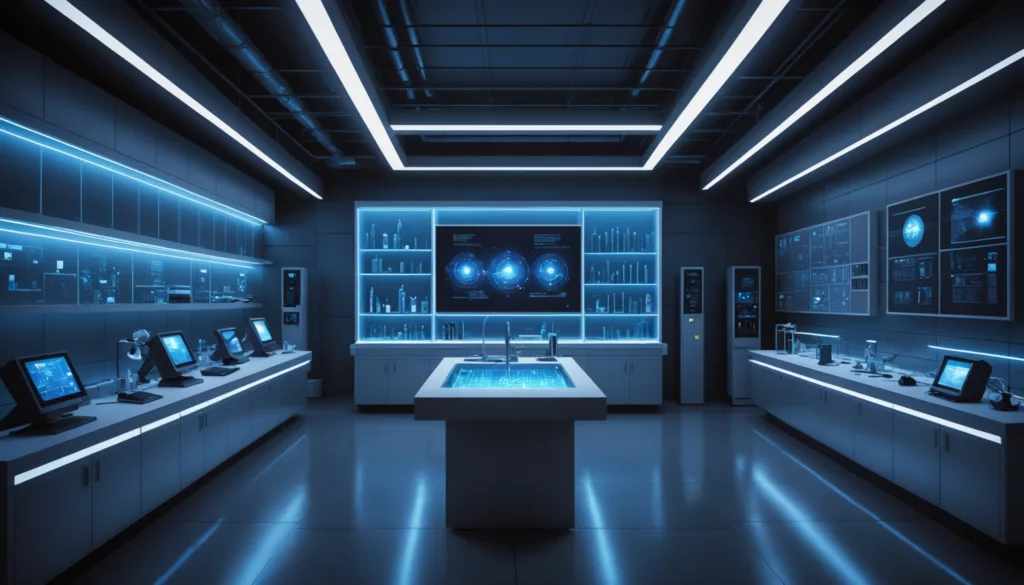
LED technology evolves quickly to improve safety and efficiency. Researchers investigate potential UV emissions from LED lights by measuring the ultraviolet radiation in various lighting systems. Modern LED designs strive for high energy efficiency while keeping UV output negligible.
Ongoing Studies on UV Rays Emitted by LEDs
Ongoing research focuses on how temperature, bulb design, and phosphor coatings affect UV levels. Studies show that high-quality LED bulbs emit a small amount of UV, often less than 1% of their total light output. Scientists also investigate the long-term effects of prolonged exposure to LED lighting in homes and offices.
Innovations in Safe LED Lighting Technology
Recent breakthroughs in LED technology help reduce the small amount of UV you might encounter. Smart coatings transform UV rays into visible light, while advanced lens materials block lingering ultraviolet radiation. Designers also add heat management systems that stop UV leakage and maintain consistent performance.
| Innovation Type | UV Reduction | Additional Benefits |
|---|---|---|
| Smart Coatings | Up to 99.9% | Longer bulb lifespan |
| Blocking Lenses | Up to 98% | Clear, visible light |
| Heat Management | Up to 95% | Sustained energy savings |
Industry Standards and Certifications
Regulatory bodies set strict safety standards that limit ultraviolet radiation from LED fixtures. IEC 62471, for instance, offers guidelines for UV emissions in various types of lighting. Energy Star and UL certifications both require rigorous tests on UV output.
Case Studies on LED Lights and UV Exposure
Several real-world assessments confirm that LED fixtures pose a low UV risk compared to traditional lighting sources. One hospital report showed no measurable ultraviolet rays after 5,000 hours of LED lamp operation. Another study revealed that office LED lights emit 90% less UV than fluorescent lamps.
DIY Guide: Testing and Monitoring UV Emissions
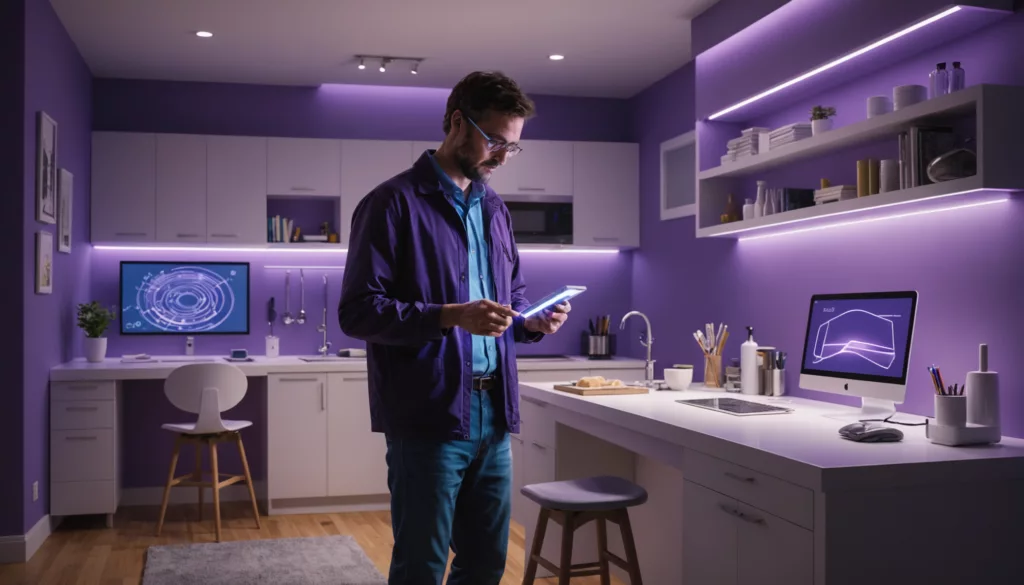
Many wonder, “Do LED Lights Emit UV?” Although LED technology usually produces negligible ultraviolet radiation, consistent monitoring helps maintain safe lighting conditions in any setting. This guide outlines practical methods for measuring and managing UV emissions.
Tools for Measuring UV Radiation
Several instruments measure UV output from LED fixtures. UV light meters and spectroradiometers offer reliable data on wavelengths, including visible light. UV detector cards and stickers show simple color changes for quick checks.
For higher accuracy, calibrated meters should be used at different distances and intervals. Regular recalibration improves measurement reliability. Also, ambient light can influence readings.
When to Seek Professional Assessment
Specialized evaluations help ensure safety in complex situations. Large-scale LED installations, facilities with sensitive materials, or signs of fading often call for expert testing. Eye strain and skin reactions may also indicate a need for professional analysis.
Compliance reviews by qualified inspectors confirm system performance and assess LED UV emissions to determine if upgrades are needed.
Maintaining LED Lighting Systems
Consistent upkeep helps reduce risks and extend fixture lifespan. Monthly checks for loose parts and discoloration keep systems stable. Quarterly UV tests track changes, while annual professional exams verify performance against safety standards.
Manufacturers advise cleaning diffusers and replacing damaged units to maintain efficiency. It is recommended to record test results over time. LED lights boast significantly longer lifespans than traditional bulbs, often exceeding 40,000 hours with proper care, minimizing replacement frequency (PECNW).
Conclusion
LED lights emit only a tiny amount of UV radiation compared to traditional lighting sources, making them a safe and energy-efficient choice for everyday use. While all light bulbs produce some UV rays, LEDs have built-in protective features like phosphor coatings that help minimize UV exposure. The UV output from LED bulbs is so small that it poses virtually no risk during normal household use.
Understanding how different types of lights work helps you make smart choices for your home. Remember to follow basic safety guidelines, like maintaining proper distances from lights and choosing quality LED bulbs from trusted manufacturers. With ongoing improvements in LED technology and safety features, these lights continue to be one of the best options for both indoor and outdoor lighting needs.
Now that you know the facts about LED lights and UV radiation, you can feel confident about using them throughout your home while keeping your family safe and comfortable. Keep exploring new developments in LED lighting to make the most of this amazing technology!
FAQs
1. Are LED lights completely UV-free?
You may notice that standard LED bulbs emit a small amount of UV radiation—less than 1% compared to incandescent bulbs. This low level is considered negligible for normal home lighting. The phosphor coating inside each lamp helps absorb ultraviolet rays before they exit as visible light.
2. Can LED lights cause skin damage?
Standard LED bulbs present a very low risk of skin damage. Although concerns exist about UV emissions, the levels are too low to cause sunburn or aging. High-intensity industrial or medical LEDs, however, require safety precautions.
3. How do LED UV emissions compare to natural sunlight?
Most LED light sources emit ultraviolet radiation levels that are 400–1000 times lower than sunlight. Indoor LED exposure equals about 0.01% of typical daylight UV. That difference makes LED technology a safer choice if you want to reduce prolonged exposure to stronger light sources like direct sunlight.
4. What certifications should you look for when buying LED lights?
It’s crucial to choose products with recognized safety labels. You can find UL Certification for electrical standards and an Energy Star rating for energy efficiency. Look for CE marking if you live in Europe and RoHS compliance to confirm reduced hazardous substances.
5. How often should you replace LED bulbs for safety?
Most LED bulbs last 25,000–50,000 hours. You should replace them if you see flickering, reduced brightness, or visible damage to the bulb. Following the recommended lifespan helps ensure optimal light output and safety.
